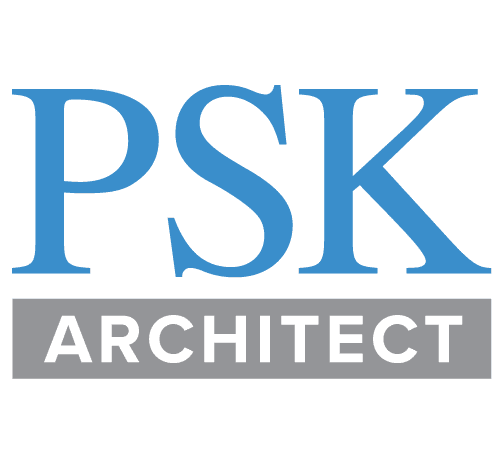Tips for writing a design brief for your architect
What is a design brief?
A design brief is used to clearly express to the architect what you would like to achieve from your project. They can really help to frame the conversation going forward and ensure you get the most out of those early conversations with your architect.
In its basic form, a written design brief is a list of desired outcomes. It will cover some basic fundamentals such as budget, time frames etc as well as bigger ideas about your future lifestyle and how you will live in your new home.
It is important to make your design brief correct from the beginning, with the crucial information that needs to be achieved on completion clearly conveyed to the architect.
Initially, begin with ‘brainstorming’ ideas and writing down your thoughts and ideas.
A design brief should ideally be no more than 1-2 pages long.
Try to include photos of the styles you like from magazines, Pinterest or websites. These can help an architect enormously to visualise your taste.
Things to consider when compiling a design brief
Objectives and goals of the new design
What do you want to achieve from your new design?
Budget
This is a crucial aspect of your design brief. Being realistic and honest about what you can afford will make the whole process much easier and quicker.
Timescales
Projects can take much longer than people realise. Try to think about any key dates you have in mind and the duration of the project (including both the design and construction)
Target audience
Who will the new space be used by?
Materials
Think carefully about the type of materials you would like to use. Some schemes may have to match your existing materials at the request of the Planning Officers, so compromising your style might have to be considered.
Any definite ‘No’s’
This is very important. Quite often people are not quite sure what they want but are specific about what they don’t want. Look online and in magazines and show your architect exactly what you don’t like.
Are there any site constraints?
For example, is your property a Listed Building or in a Conservation Area? This can alter ideas and schemes that you may have in mind.
Spaces
For extensions and alterations, think about what is wrong with your property. Why is it not working for you and your lifestyle. What additional rooms or spaces do you require and the relationship between them.
For a new home, think about what spaces you need and want.
If you’re based around Cheltenham, Gloucester, or surrounding areas, we at PSK would love the opportunity to help you with your building project. Get in contact today.

